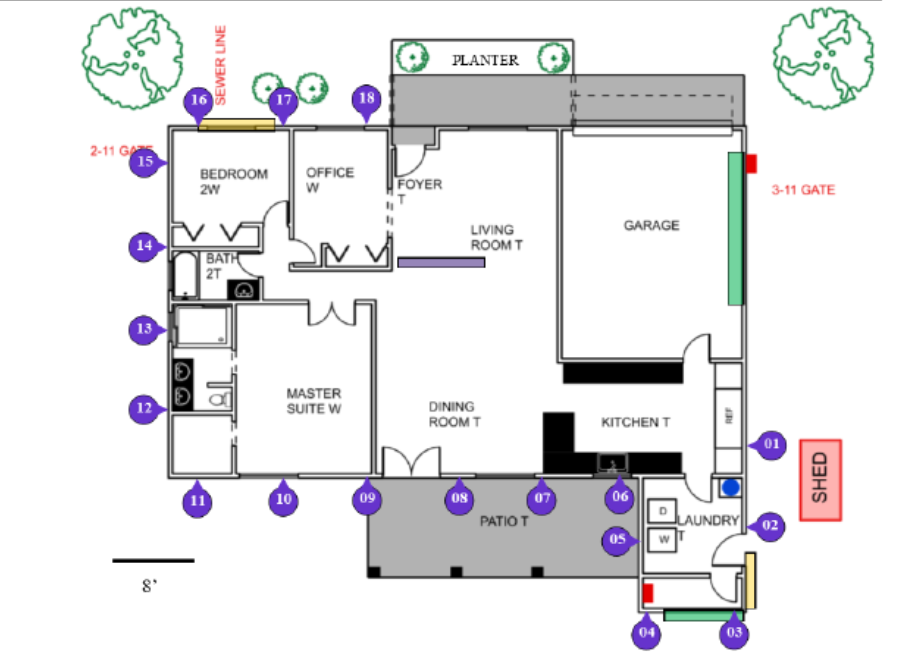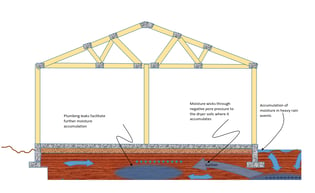.png?width=700&name=The%20Secret%20Sauce%20of%20AZFS%20Engineering%20Success%20Blog%20Banner%20(3).png)
How an Initially Non-Engineered Repair Plan Can Backfire
In previous blogs, I have discussed the problems with having non-engineers observe, analyze, reach conclusions, and recommend and specify repairs. In the Foundation industry, it is common to have a commissioned salesperson do this work, despite their lack of educational expertise and their conflicts of interest. (https://www.foundationaz.com/blog/sample-how-to-post-1-3).
A typical example of how this hurts homeowners is laid out below.
.png?width=710&name=Untitled%20design%20(12).png)
The plan above was sealed by a structural engineer for the purpose of obtaining a permit. It will become painfully evident that he did not participate in the initial observations, analysis, conclusions, or recommendations.
Below is a topographical survey taken by our engineering team after this plan was implemented. It looks fairly clear that the area where the previous piles were installed is one of the low areas of the home. Why is this? It could be that the house was never lifted… but usually, contractors attempt to lift at least a minimal amount to transfer the load to the piles. Additionally, the low areas extend beyond the areas where the piles are installed.
It could have been where the salesman felt he could “right size” the plan to help lower the cost and help him make a sale. The problem with this is that those decisions are not vetted by an engineer familiar with how geo-mechanical forces interact with foundations. See my previous blog on this. https://www.foundationaz.com/blog/non-engineered-options-in-foundation-repair. I have other examples in my blog to look at as well.

In this particular example stopping the piles in the low area will result in an overload of the end pile, making it more likely to fail as the home continues to settle, as graphically illustrated in the blog cited above. A salesman eager to make a sale would not have understood nor cared to understand these finer points that are typically evaluated by a licensed engineer. As a result, continued movement occurred.
It is also not likely that the structural engineer who provided the pile spacing call did not see this and other soil information and/or, as a structural, did not evaluate it through the lens of a geotechnical engineer.
Below is the pile plan that fully encompasses the downward movement of the structure from soil movement that will have a longer-lasting performance over time.

The “right-sizing” of a project by a foundation repair salesman can result in poor performance over time. And the structural engineer hired to prepare a plan for permit submission has no insight into avoiding this performance problem. This clearly illustrates the advantages to have the initial observations, analysis, conclusions, recommendations, and specifications done by a team of geotechnical and structural engineers.






